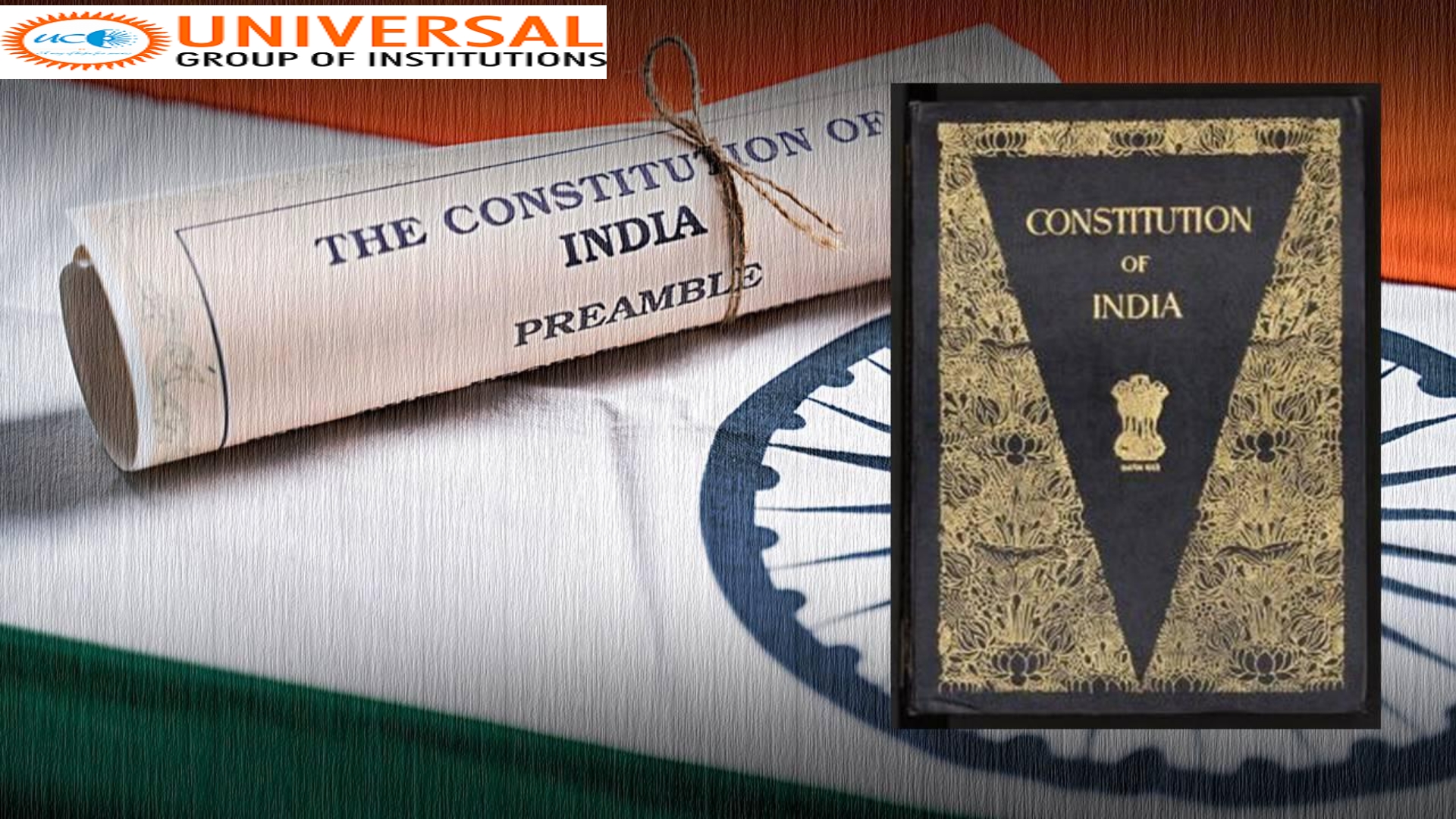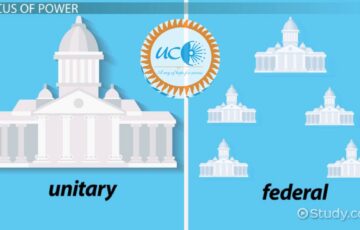Q. What were the historical underpinnings of the Indian Constitution and how did they influence its evolution?
India, the world’s largest democracy, achieved independence from British colonial rule in 1947. In 1950, the Indian Constitution came into force, outlining a framework for the country’s governance. The Constitution draws on a rich legacy of Indian political and social thought and reflects the nation’s historical experiences.
Body
Historical Underpinnings of the Indian Constitution:
The Indian Constitution’s historical underpinnings can be traced back to various sources, including indigenous traditions, colonial experiences, and Western political thought.
Indigenous Traditions:
The Constitution draws upon India’s ancient and medieval political and social traditions. Ancient Indian texts such as the Vedas, Upanishads, and Dharmashastras provided insights into the nature of governance, rights, and duties.
The Buddhist and Jain teachings on non-violence, tolerance, and equality also influenced the Constitution’s framing.
Similarly, the medieval Bhakti movement’s emphasis on individual liberty and spiritual equality also found reflection in the Constitution.
Colonial Experiences:The British colonial rule in India had a profound impact on the Constitution’s framing. The Indian National Congress and other political movements that emerged during the colonial period drew heavily on Western ideas of liberty, democracy, and constitutionalism.
The Montagu-Chelmsford Reforms of 1919 and the Government of India Act of 1935 laid the groundwork for the Constitution’s eventual drafting.
Western Political Thought:
The Constitution also reflects the influence of Western political thought, particularly the ideas of liberal democracy and the separation of powers.
The framers of the Indian Constitution were inspired by the American and French Constitutions and the British parliamentary system.
The Constitution also incorporates elements of socialist and Gandhian thought, such as the idea of social and economic justice and the emphasis on non-violence.
Influence on the Evolution of the Indian Constitution:
The historical underpinnings of the Indian Constitution have had a significant impact on its evolution, from the initial drafting to subsequent amendments.
Drafting of the Constitution:
The Constituent Assembly, tasked with drafting the Constitution, was deeply influenced by India’s diverse historical and social experiences.
The Assembly’s members, drawn from various regions and communities, brought their unique perspectives and traditions to the table.
The debates and discussions during the drafting process reflected the influence of India’s indigenous traditions, colonial experiences, and Western political thought.
Incorporation of Fundamental Rights:
The Constitution’s fundamental rights reflect India’s ancient and medieval traditions of individual liberty and social justice.
The right to life, liberty, and equality before the law draw on India’s Dharmashastras and the Bhakti movement’s emphasis on spiritual equality.
The inclusion of the right to freedom of religion and cultural and educational rights reflects India’s diverse social fabric.
Amendments to the Constitution:
The Indian Constitution’s evolution through amendments reflects the changing political and social landscape of the country.
The inclusion of Directive Principles of State Policy in the Constitution’s preamble, inspired by Gandhian and socialist thought, was a significant amendment that reflected India’s post-independence aspirations.
Similarly, the 73rd and 74th Constitutional Amendments of 1992 that empowered local governance reflect India’s commitment to grassroots democracy.
Some of the landmark judgments by the Supreme Court that have influenced the evolution of the Indian Constitution include:
The Kesavananda Bharati case (1973), which established the principle of the basic structure of the Constitution, means that certain core features of the Constitution cannot be amended.
The Minerva Mills case (1980), which upheld the principle of judicial review and struck down certain provisions of the 42nd Amendment.
Conclusion
The historical underpinnings of the Indian Constitution reflect India’s diverse social and political experiences. The Constitution draws on India’s indigenous traditions, colonial experiences, and Western political thought, and has evolved through amendments to reflect changing aspirations and challenges. Despite this the Constitution remains a living document, reflecting India’s democratic and pluralistic ethos.
Q3. Account for the failure of manufacturing sector in achieving the goal of labour-intensive exports. Suggest measures for more labour-intensive rather than capital-intensive exports.
Answer: A key lacuna in India’s growth has been slow growth of manufacturing in labour-intensive sectors and concentration in capital intensive manufacturing sectors like auto parts, chemicals, software and pharmaceuticals. None of these sectors employ low-skilled workers in large numbers.
The movement of workers out of agriculture into export oriented manufacturing industry has been especially slow due to requirement of a certain level of skill which is absent amongst most labourers – resulting in jobless growth. Lack of ease of doing business in India due to labour market rigidities, tax uncertainties, impediments to entrepreneurial growth have further hindered the expansion of a labour-intensive export manufacturing in India.
Measure to Promote Labour-Intensive Exports
- Ease Labour Law regulationssuch as wide-ranging and complex laws, mandatory contributions by low-paid workers, and lack of flexibility in part-time work etc. The government’s decision to rationalise around 38 Labour Acts by framing 4 labour codes is a positive step in this regard to encourage exporters to hire more labour.
- Promoting Labour-Intensive Sectorslike apparel sector, leather and footwear also have high export potential.
- Uninterrupted and Cheap Power Supplyfor labour-intensive manufacturers, who operate on low profit margins and for whom high electricity costs can be a make or break issue.
- Promoting the Role of SMEsas labour intensity of SMEs is four times higher than that of large firms by providing adequate state support. MUDRA Bank should be promoted for this.
- Skill developmentto fill the gap of semi-skilled and skilled workers that manufacturers in India face frequently.
Further, the tax rationalisation under GST as well as the push for Entrepreneurship under Start-Up India and Stand Up India can also provide a suitable and favourable environment for labour-intensiveexporters.








